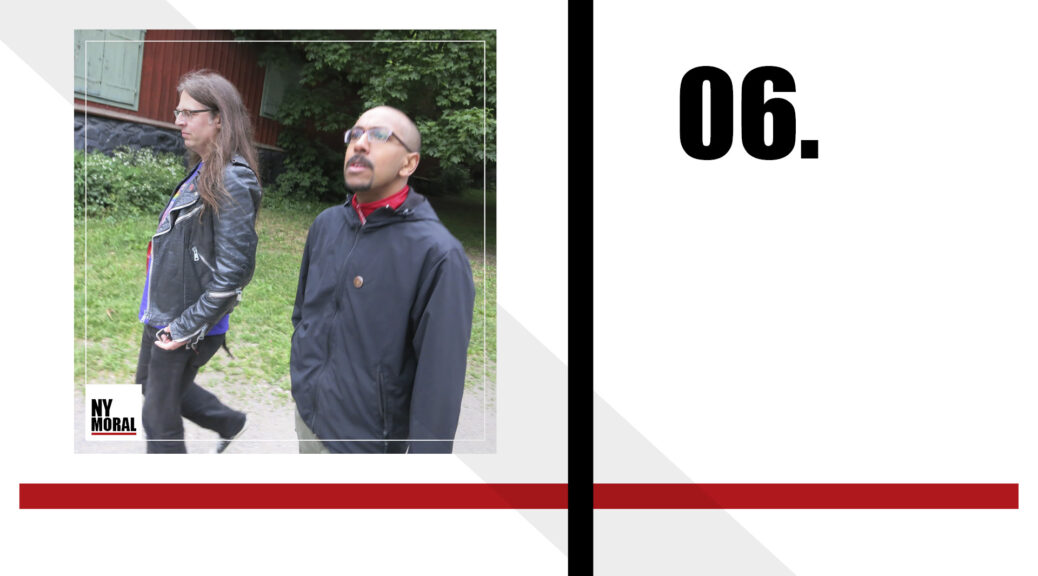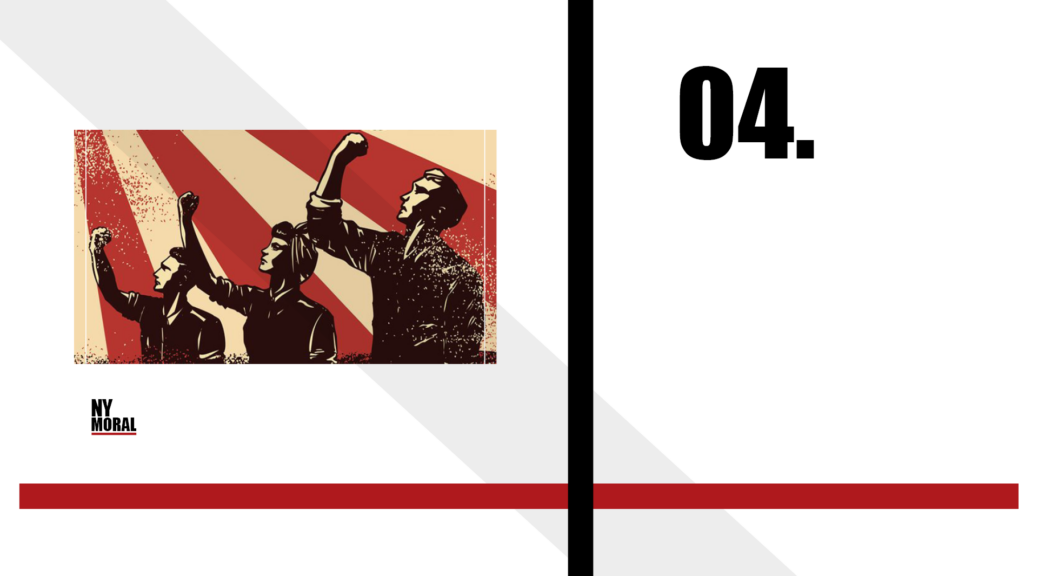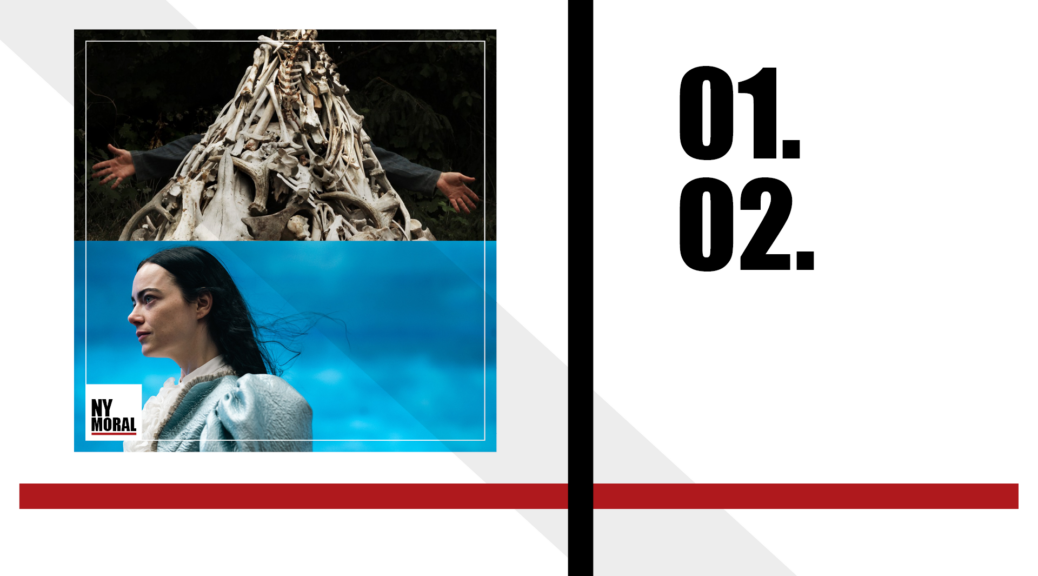All posts by Indy
05. Fredrik Strage del 1
Dessutom 11 minuter bonusmaterial på patreon.com/nymoral
04. Politik: Åsikter, yttranden och friheten
03. Litteratur: Föreläsningen “Sekelskiftets dekadenta böcker” med Hillevi Norburg
01. Gustaf Broms 02. Poor Things
Ny Moral Podcast: 00. Intro.Test.Kaos
Ny Moral
It is happening again…






